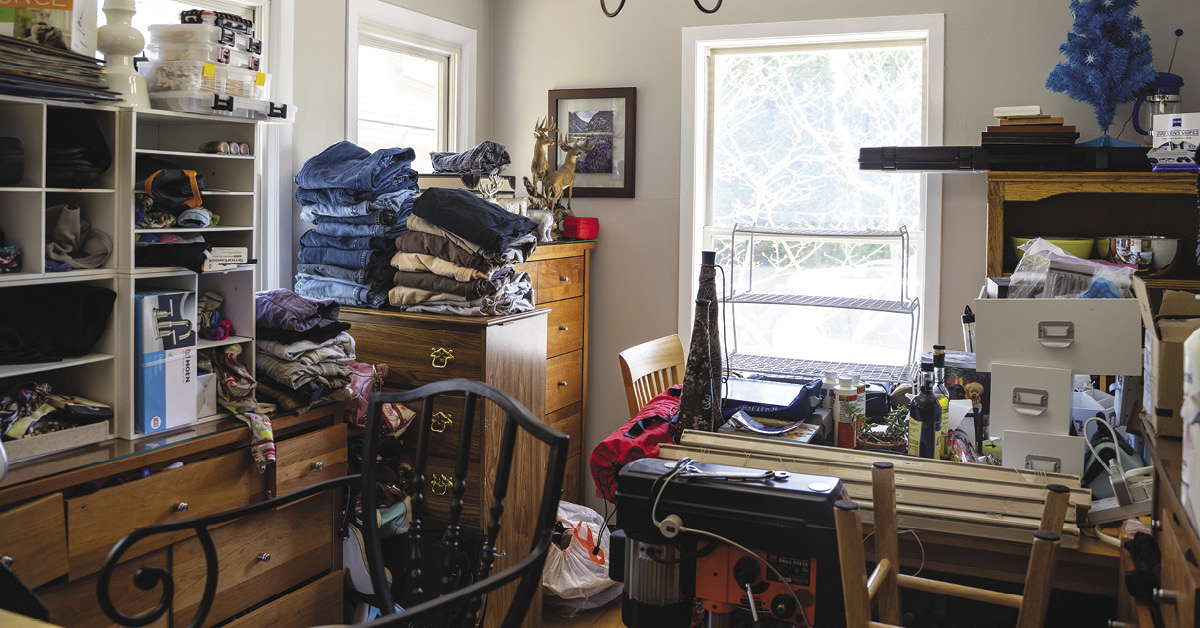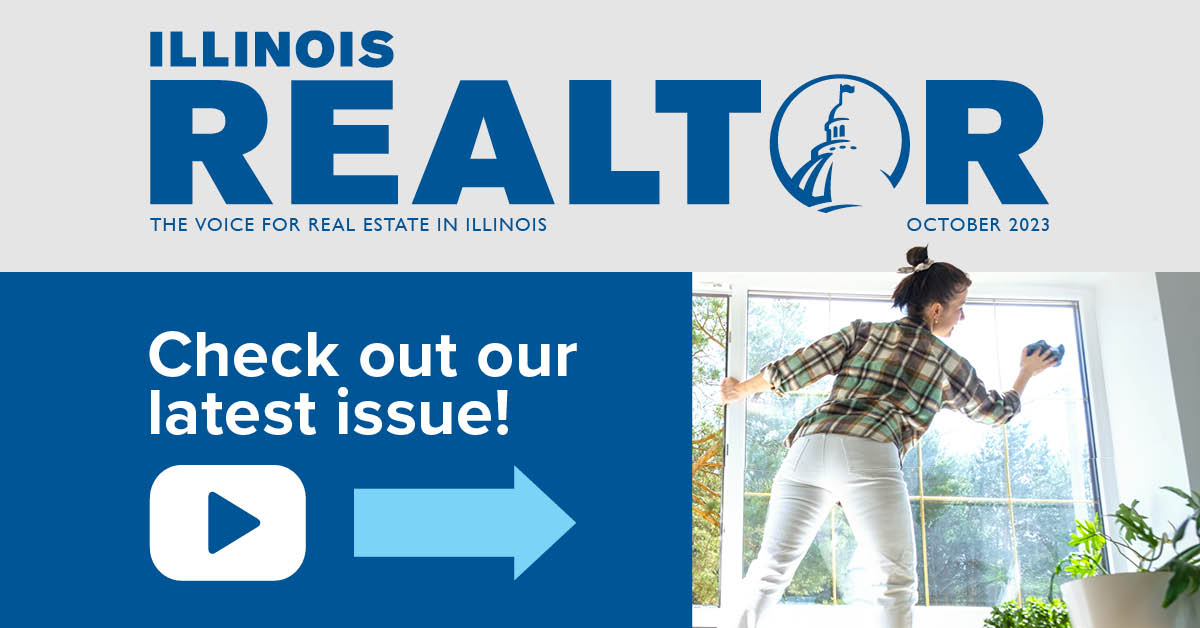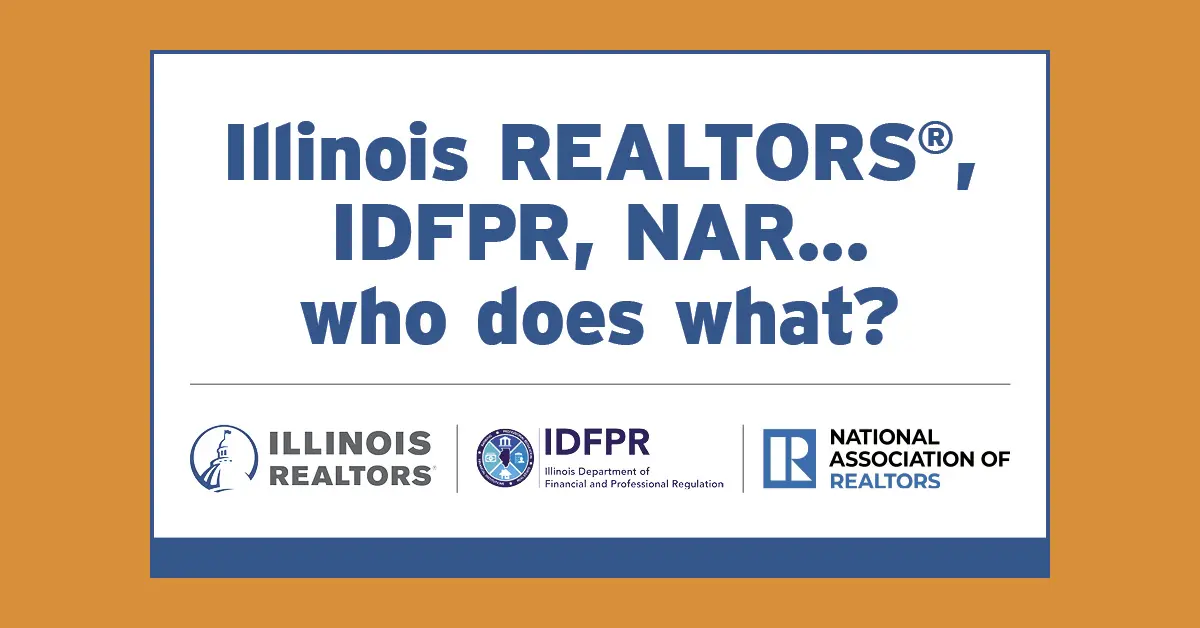
Skip Curlott
Preparing a home for sale means decluttering and winnowing down possessions, but some severe situations veer into hoarding, which can be a challenge for REALTORS® working with clients.
“Hoarding in itself is the epitome of an externalizing behavior. They may cling to material items as sources of comfort,” says Emily O’Hara, a licensed clinical health psychologist in Chicago.
There are ways to navigate this situation gently and without risking re-traumatization of someone who may have sought comfort in the items they collected over the years, O’Hara says.
Skip Curlott, franchise owner of Spaulding Decon Co. in Chicago, offers hoarding cleanup services and works with REALTORS® and homeowners to restore properties.
There are difficult situations, but if you focus on the fact that you are doing this job to help someone improve their life, it makes it worthwhile, says Curlott.
“We talk them through it and are respectful,” he adds. “There’s always a side of them that wants to be clean and organized. Once they start to see some progress, then things start to move faster.”
Curlott and his company use the Clutter Hoarding Scale created by The National Study Group on Compulsive Disorganization as a guide for accessing the situation:
Level One: Clutter is not excessive, doors and stairways are accessible, there are no odors, and the home is safe and sanitary.
Level Two: Clutter inhabits two or more rooms, light odors, overflowing garbage cans, light mildew in kitchens and bathrooms, one exit is blocked, some pet dander or pet waste puddles, and limited evidence of housekeeping.
Level Three: One bedroom or bathroom is unusable, excessive dust, heavily soiled food preparation areas, strong odors throughout the home, excessive amount of pets, and visible clutter outdoors.
Level Four: Sewer backup, hazardous electrical wiring, flea infestation, rotting food on counters, lice on bedding, and pet damage to home.
Level Five: Rodent infestation, kitchen and bathroom unusable due to clutter, human and animal feces, and disconnected electrical and/or water service.
For Curlott, the most important element of working with these clients is to be a good listener.
“You are there to help them, and the last thing you want to do is make them more anxious,” he adds. “Let them know you are there to help them and let them know they will get through this.”

Emily O’Hara
Five tips for working with hoarders and/or those with overly cluttered homes:
- One or more big cleans will likely be necessary. Obtaining consent and working collaboratively becomes the key.
- Develop a category system. For example: things I need to function daily, sentimental things I want to keep or pass on (set reasonable limits), things I can part with.
- Keep a hoarding mindset when reorganizing. Hoarding can be a very grounding behavior for some people. The stacks and tunnels often provide a sense of safety and coziness. Open concepts may not be good in these situations.
- Plan for the space to get cluttered again. Budget for and/or schedule time for a company, friend or family member to visit monthly to maintain the space.
- Plan for junk drawers and spaces where unorganized storage is OK.



 Create professional development programs that help REALTORS® strengthen their businesses.
Create professional development programs that help REALTORS® strengthen their businesses.
 Protect private property rights and promote the value of REALTORS®.
Protect private property rights and promote the value of REALTORS®.
 Advance ethics enforcement programs that increase REALTOR® professionalism.
Advance ethics enforcement programs that increase REALTOR® professionalism.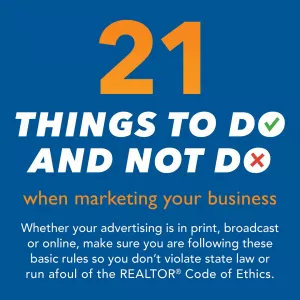
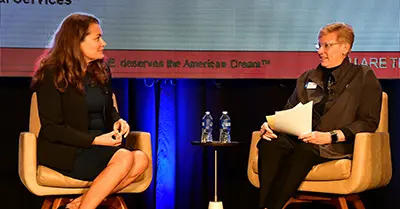 Protect REALTORS® by providing legal guidance and education.
Protect REALTORS® by providing legal guidance and education. Stay current on industry issues with daily news from Illinois REALTORS®, network with other professionals, attend a seminar, and keep up with industry trends through events throughout the year.
Stay current on industry issues with daily news from Illinois REALTORS®, network with other professionals, attend a seminar, and keep up with industry trends through events throughout the year.

